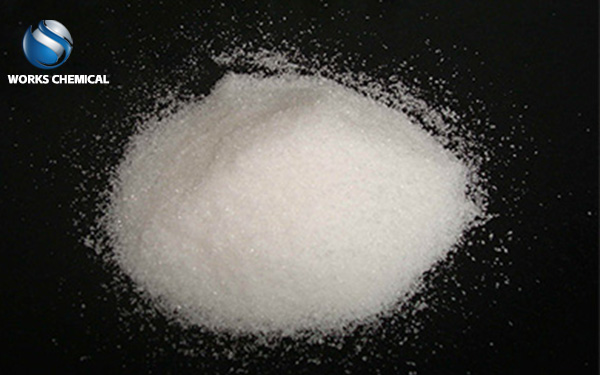
The main agents used to reduce the moisture content of sludge include polyacrylamide (PAM), polyaluminum chloride (PAC), polyferric sulfate (PFs), bioenzyme preparations and organic high polymer (sludge synergist).

Polyacrylamide (PAM) : is a water-soluble polymer, has excellent flocculation and condensation properties. it reacts with suspended particles in sewage through hydrogen bonding, makes them aggregate to form a large flocculent, so that it is easy to settle and separate. The advantages of PAM include efficient, fast, safe, non-toxic, and relatively high price.
Polyaluminum chloride (PAC) : is an inorganic polymer, has a wide range of coagulant effects. PAC collects suspended particles in sewage through adsorption and condensation, forms a large flocculent, is easy to settle and separate. PAC is cheaper, but requires a larger dosage.
Polyferric sulfate (PFs) : is an efficient and low-cost sludge dehydrating agent. aggregates suspended particles in sewage through adsorption and condensation, forms a large flocculent, is easy to settle and separate. PFs is used in relatively small amounts but may cause corrosion to equipment.
Biological enzyme preparation: is a new type of sludge dehydrating agent. decomposes organic matter in sludge by enzyme and makes it drier. bioenzyme preparations have the advantages of high efficiency, environmental protection, safety, etc. , but the price is relatively high.
Organic high polymer (sludge synergist) : collects suspended particles in sewage through adsorption and condensation, forms a large flocculent, is easy to settle and separate. organic polymer has the advantages of high efficiency, speed, safety, etc. , but the price is relatively high.
These agents help to reduce the moisture content of the sludge through different mechanisms of action , thereby improving the dewatering efficiency and treatment effect of the sludge.